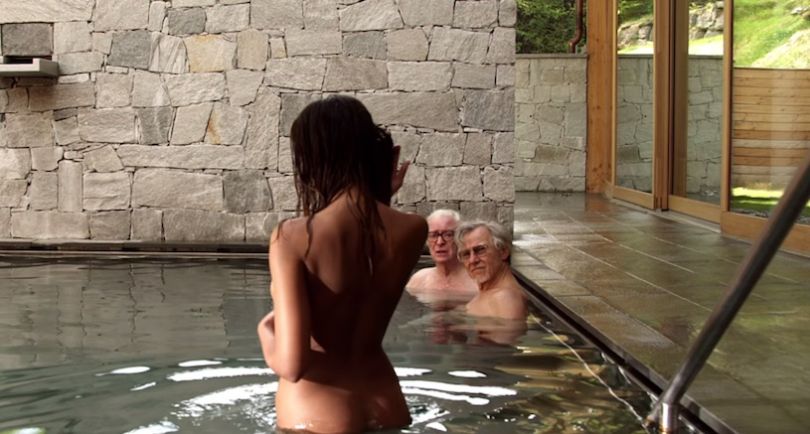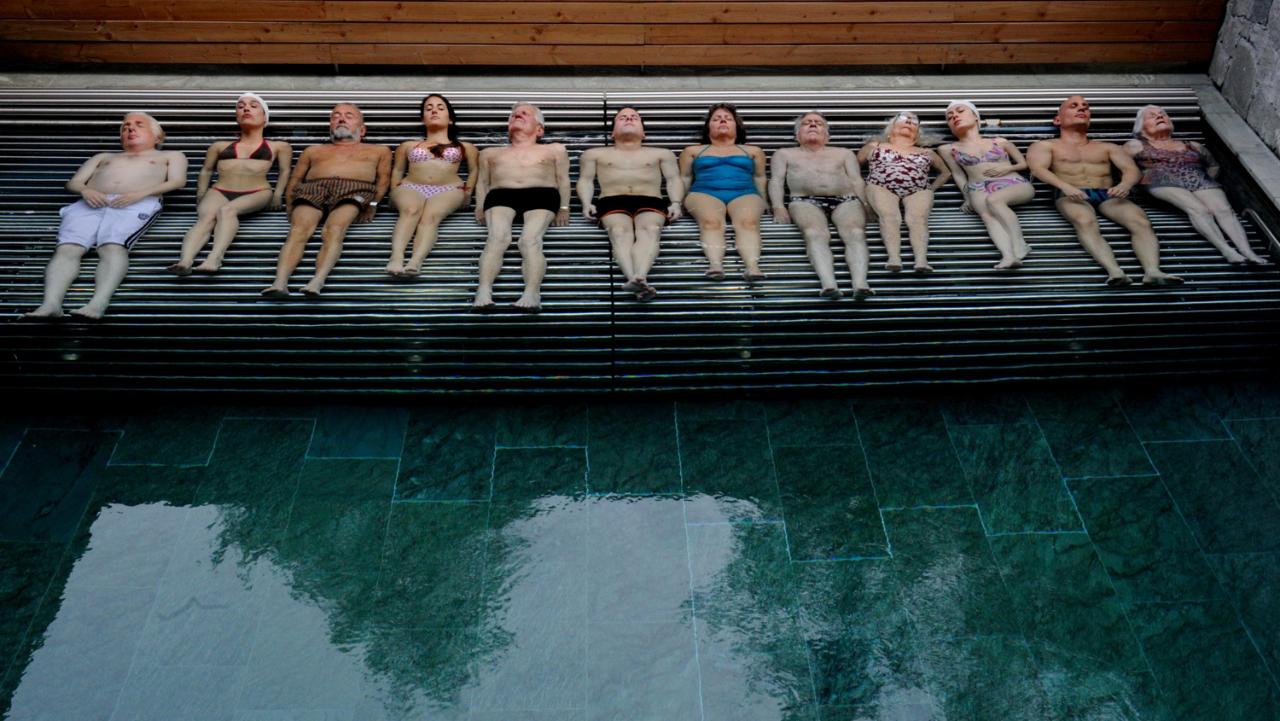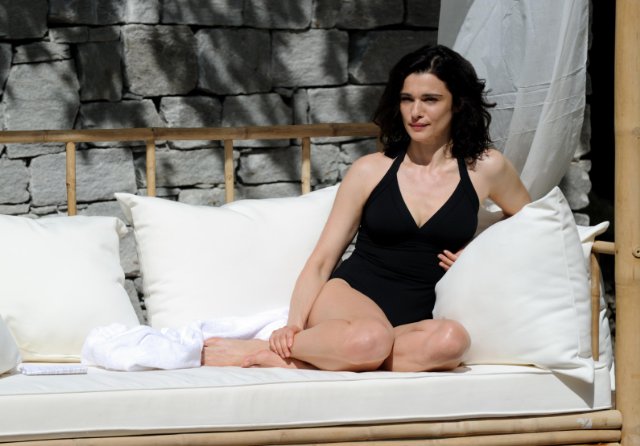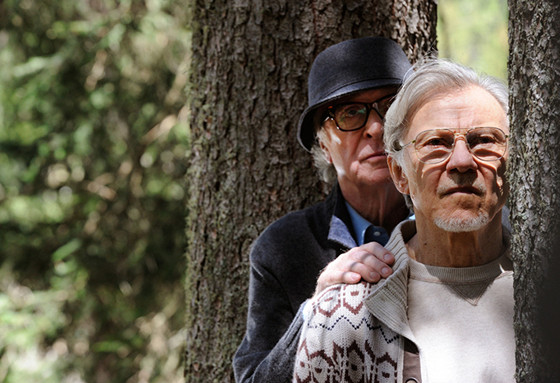In his second English-language feature film, Paul Sorrentino (This Must Be the Place, La grande bellezza) continues to display the grandeur of his vision through the use of superbly elegant artistic images. Youth is a film which examines artists, using various creative media to discuss their innerworkings. Chiefly, music is used as both a mode of storytelling and as a conduit for the universal connection of human emotion.
Youth is centered around retired composer Fred Ballinger (Michael Caine) during his annual stay at a resort in the Swiss Alps. Through the interactions he has with those closest to him, we are given a better understanding on why he clings to his apathetic and sometimes despairing ways. His best friend, Mick Boyle (Harvey Keitel), is a formerly renowned director who is working on the script for his latest film.
Fred’s daughter, Lena (Rachel Weisz) accompanies him on his vacation, even though her relationship with him is tainted by the way in which he treated his wife and her husband (who is also Mick’s son) has just left her for a pop singer. Paul Dano, as the eternal observer of the other guests, is an actor preparing for a role which will change his image in the public eye from the lead in a “robot movie” to a serious performer.
As is the case with some of Sorrentino’s previous works, the narrative of Youth often plays second fiddle to the striking visual imagery. Luca Bigazzi is a brilliant cinematographer who continues to outdo himself.
Through his use of breathtaking frames, this film is able to show the audience what is happening, rather than explaining everything directly. In this sense, it is much like a painting. It is the space between the dialogue which packs the most punch as the viewer is forced to add their own details to this already fleshed out story.
That is not to say that the actors are not just as crucial at driving the plot. Michael Caine give a stunning performance as the regretful, aging artist. He is at the top of his game, forcing the audience to wonder how much he is actually projecting views of his own time in the limelight.
While Caine and Harvey Keitel are given ample opportunity to poke fun at themselves for growing older, it is presented in a way that is never too cynical nor too playful. The film, through its key players, is able to find a healthy balance between the two.
Rachel Weisz also gives so of her best work, which is a bold statement given her impressive career so far. In several scenes, her Lena is shown as both a fragile and impassioned character.
After she finds out that her husband has fallen in love with another woman, she discharges all of her past resentment toward her father in what is arguably the film’s most compelling monologue. The scene, done in one continuous shot, has a high probability of earning Weisz an Academy Award nomination for Best Supporting Actress.
A film about a composer is sure to use music as a driving force, which Youth does with a masterful delicacy. Mark Kozelek’s additions to the film’s score are the most memorable. The haunting passion in his voice makes for the perfect soundtrack to Fred’s disinterest in life. A more symbiotic unity could not have been achieved. The film also works in a few recognizable indie tunes, such as a cover of “You’ve Got the Love” by Florence + the Machine driving the opening scene.
Youth is savvy in the ways in which it uses art to dismantle art. It takes a look at creative intellectuals, particularly those in Hollywood, through a critical lens. Sorrentino attempts to paint an honest image on the craft, warts and all. The result is a discussion that is informed enough to make poignant statements and self aware enough to point the same finger inward.
One of the film’s downfalls is that its whimsical musings interjected throughout the storyline do not always have a clear purpose in the lives of its characters. Some of the standalone images seem to be obscure simply for the sake of obscurity.
There are surrealist scenes dropped into this world without warning or explanation, often through a character’s dreams or imagination. They do not always reveal any information about that character’s internal motivation that actions or dialogue wouldn’t just as sufficiently provide.
However, through its whimsy and its desire to preach toward the end, Youth itself is a thing of beauty. Like most works of art, it is bound to be divisive. Dealing with the nature of age and love the way it does, this film is sure to foster many healthy discussions, which is all a filmmaker can really hope for. If you can get people talking, you are on the right track. Sorrentino’s Youth is time and money well spent, and it is best to see on the big screen.
Taste of Cinema Rating: 4 stars (out of 5)
Author Bio: Brian Thompson currently resides in Chicago, where you can find him watching a matinee at Music Box or enjoying a book in the park. He also enjoys talking about movies on his blog: https://southernfilmcritic.wordpress.com/.



